It’s a wonder I was able to submit this art quilt on time for the call for entry into Art Quilt Elements 2024 at the Wayne Art Center. It’s a wonder my piece was juried into this very pretigious exhibition which runs from March 24 to April 27. I am even more amazed–absolutely gobsmacked! — that my piece, “Entangled,” was given the SAQA award, for being”compelling, dynamic, and innovative,” according to Bruce Pepich, one of the jurors.

I almost didn’t get it in: Days before the deadline and just before leaving on a plane for the Netherlands, I stayed up most of the night to finish the piece. In the morning I’m ready to do the photography. My good camera falls off the tripod and breaks. Cell phone camera is sub par–only good for FB and Insta. So, I took the art quilt with me in my suitcase. The owner of a camera store in Leiden, where my husband and I were staying, said he could do “product shots” for me, but not until the day after the deadline.

My saving Graces: I had made a date to meet Marijke Van Welzen, a masterful wearable art talent. She and her husband Isaac gave Carl and me a terrific guided tour of Rotterdam, then took us back to their home. Marijke helped me shoot the art pieces with her Iphone Mini 13, and Isaac photo-edited the shots to my liking. Late that night, hours ahead of the deadline — but only because we were in a much later time zone! — I submitted.
Happy dance! I learned that my piece was accepted!
On March 24, 2024, I arrived for the opening reception at Wayne Art Center, in Wayne, PA. Felt so good to be in-person with many art quilters I know and follow and whose work I adore. And to have my art quilt hanging alongside work by the best quilt artists of our time.
See the artwork in the show here: https://artquiltelements.org/aqe-2024-online-exhibition/
Really cannot believe I won the SAQA award–one of 4 given out, chosen from out of 50 stunning works.
Here is the info and my artist’s statement, as submitted and as printed in the catalog:
Entangled
2023
21” x 44”
It starts from a calm base: an organized plaid and two slim bands of verdant mini dots. From there, my composition ascents to an upholstery fabric remnant, over-printed and stenciled with intertwined brambles that spill out over the top and sides. Even in a bright spot, circles of abaca and plastic mesh seem to unravel in spiraling thread tails. This jumble of layered entanglements epitomizes much of my quilt art and captures the terrifying complexity of today’s world. Politics deteriorate, war decimates, global warming seems unsolvable. I am lucky to find stress relief in surface design and thread play, my art therapy, meanwhile hoping that all may find more bright spots in our lives.



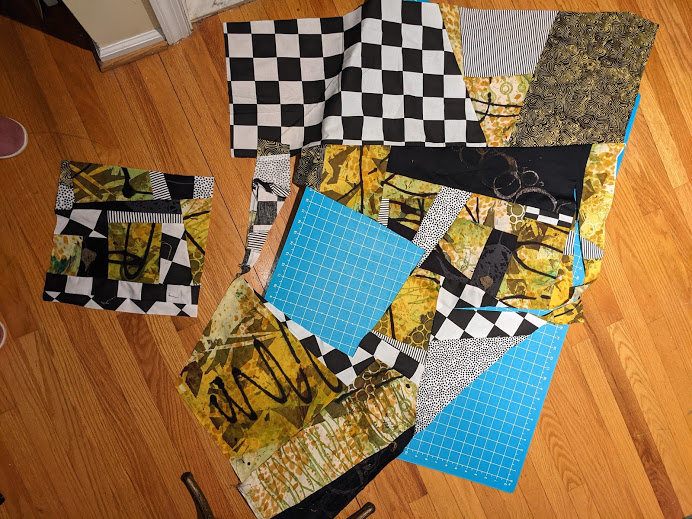



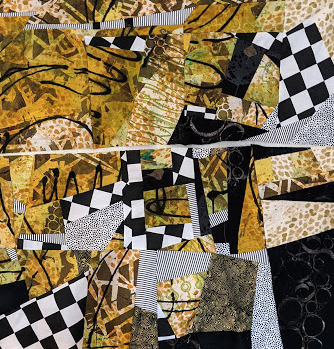
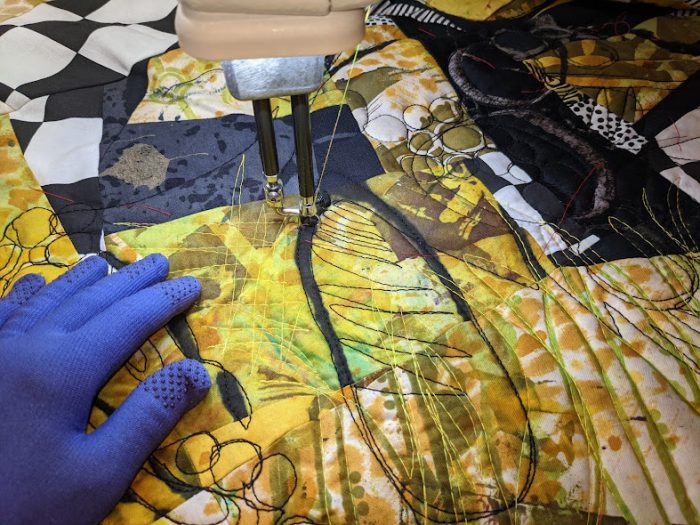
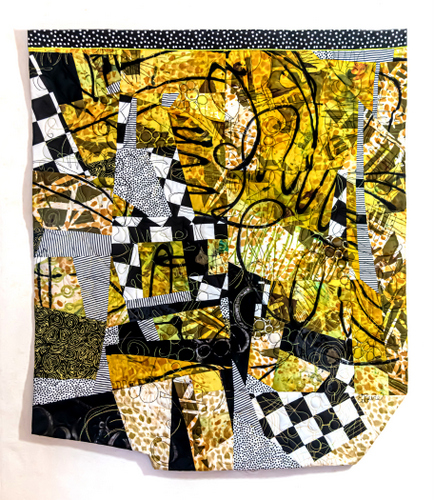
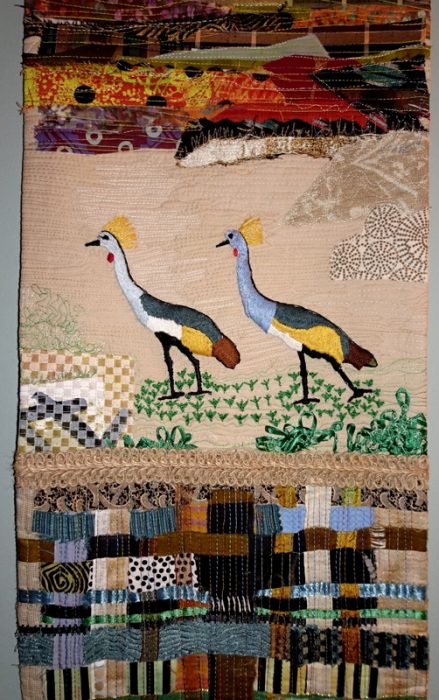
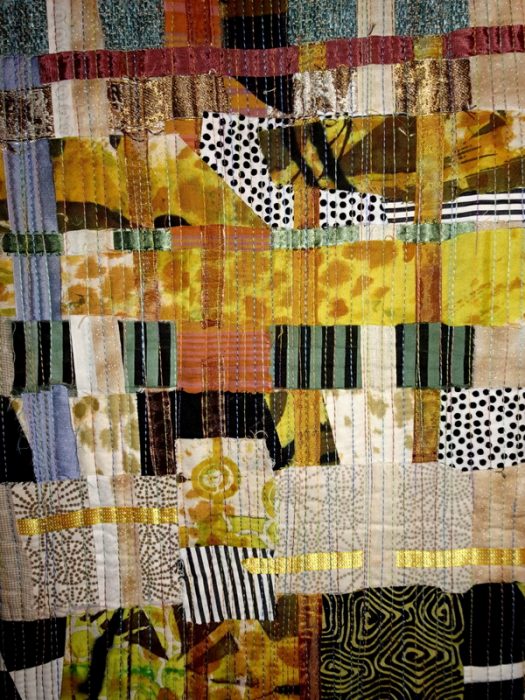
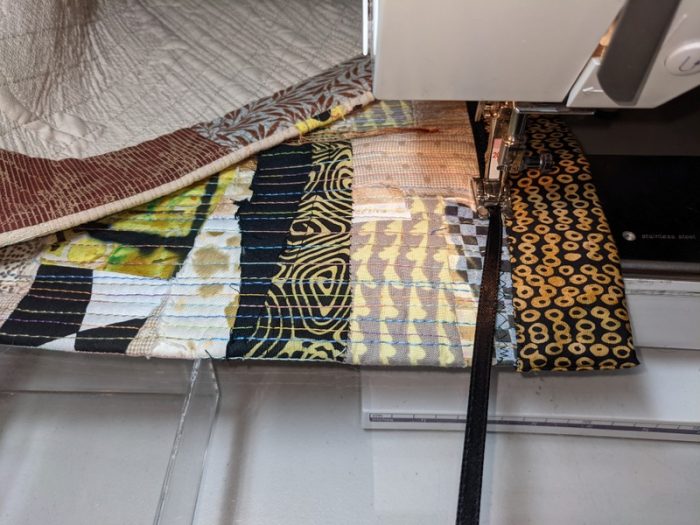

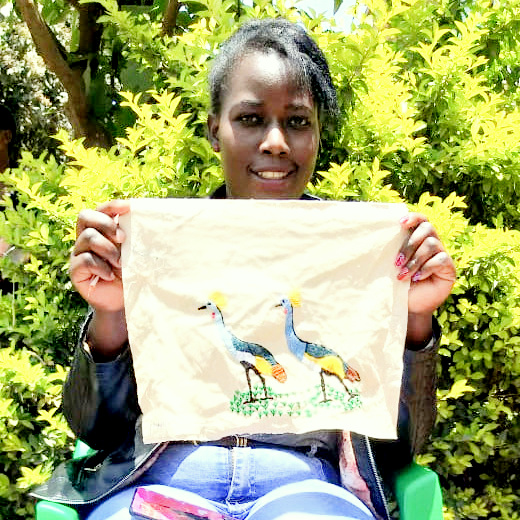
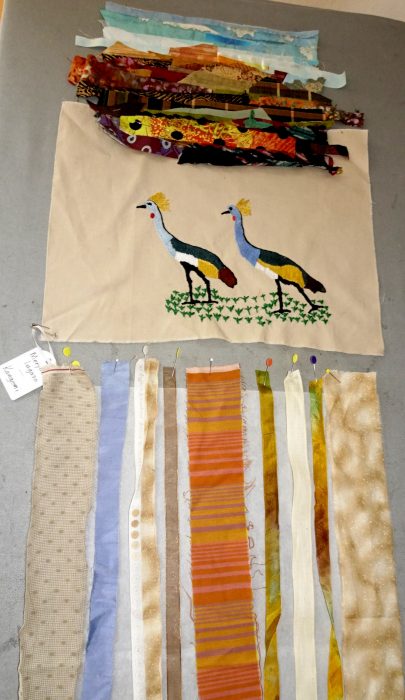
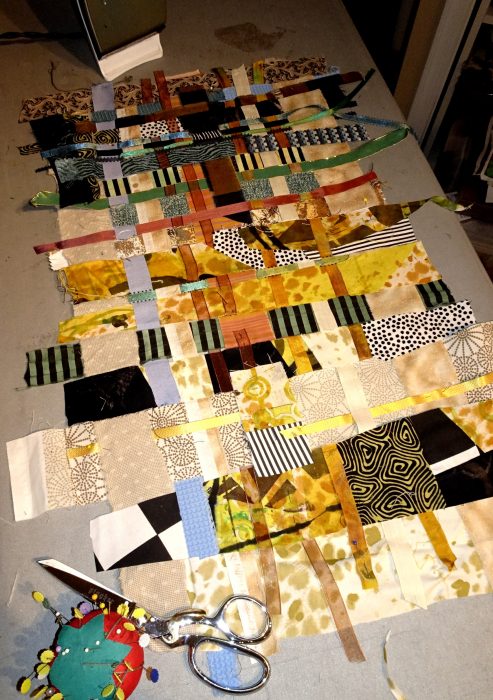
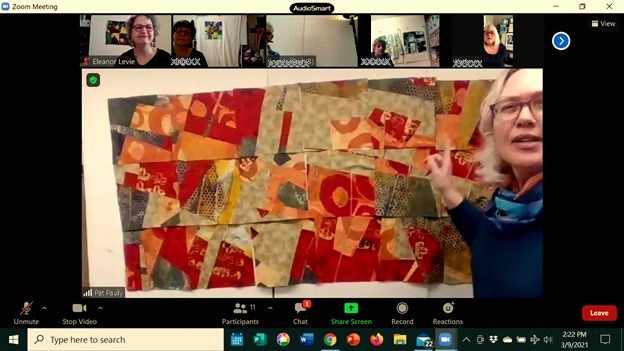
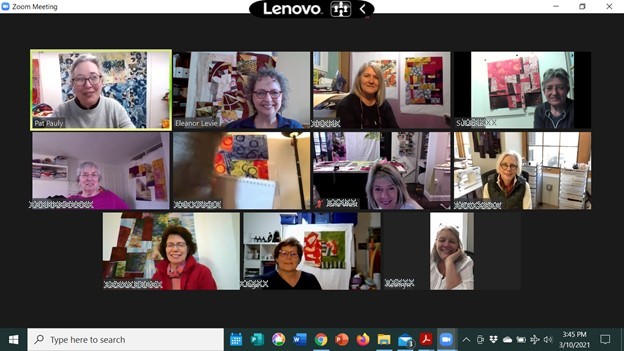
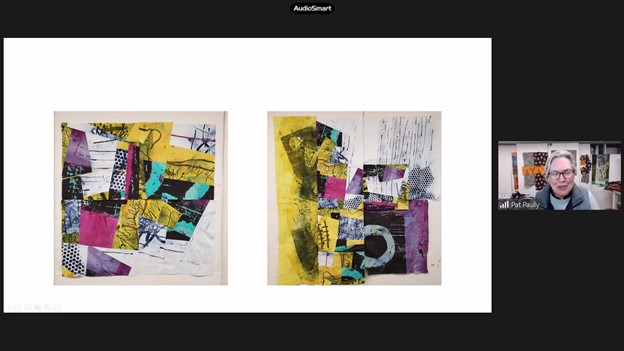
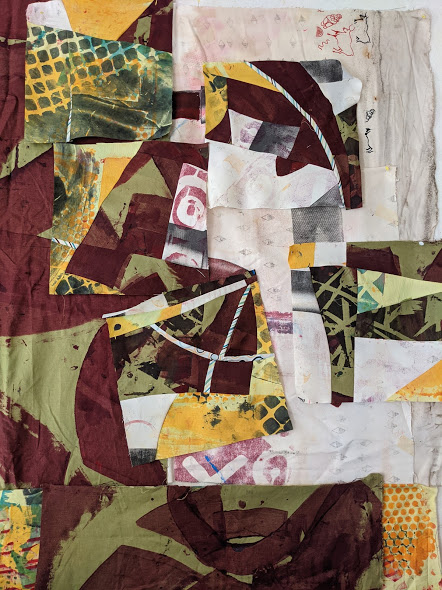
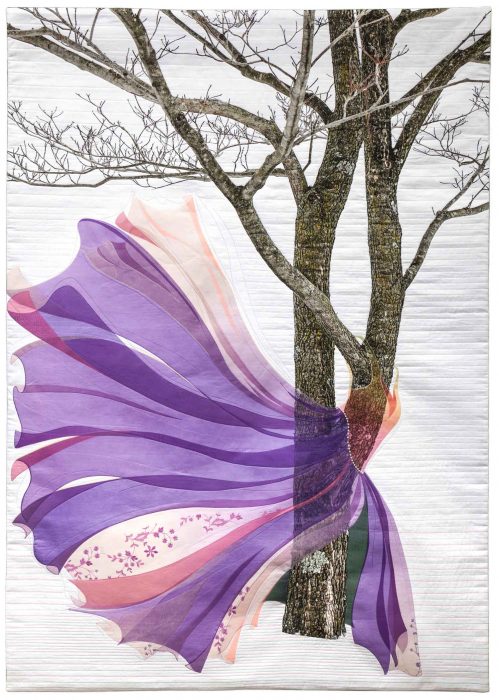
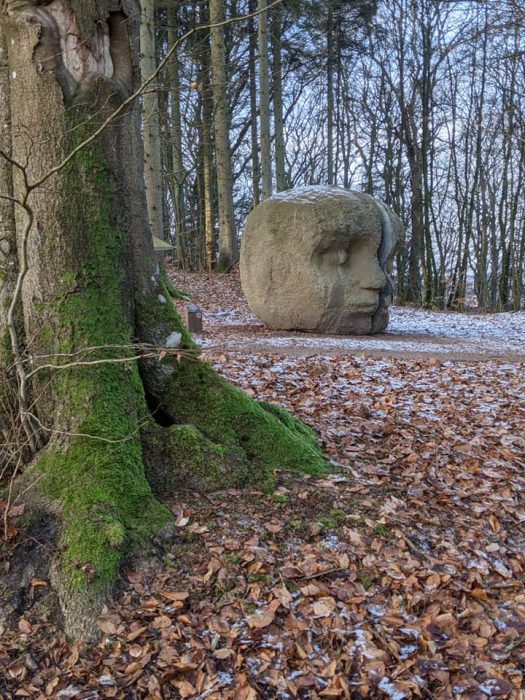
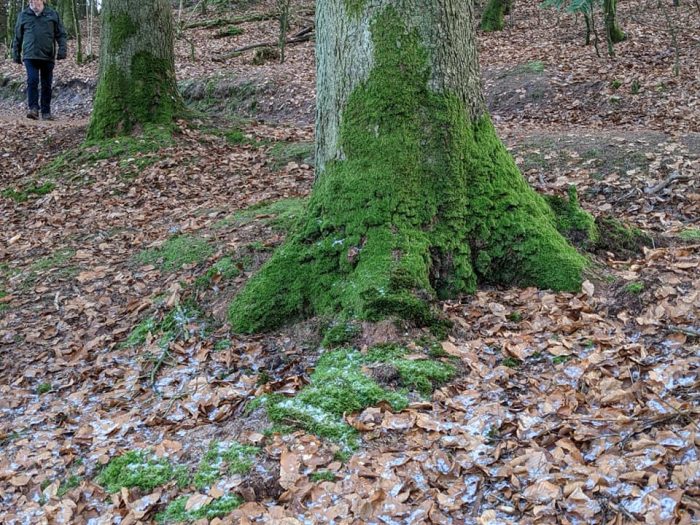
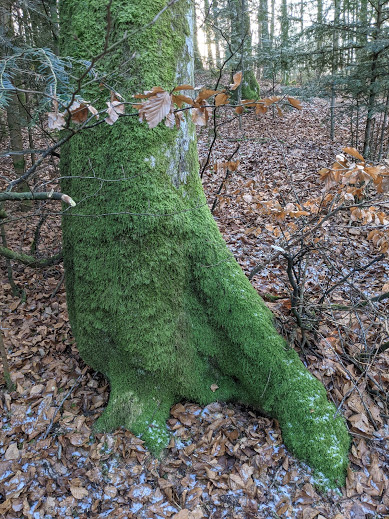
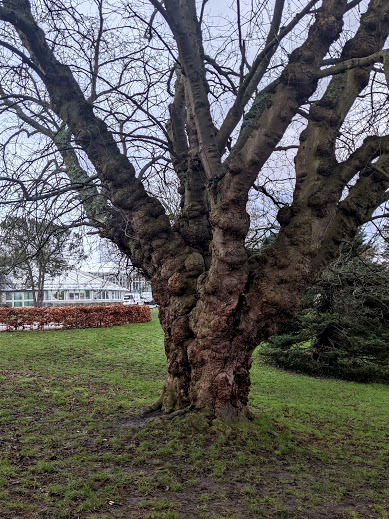
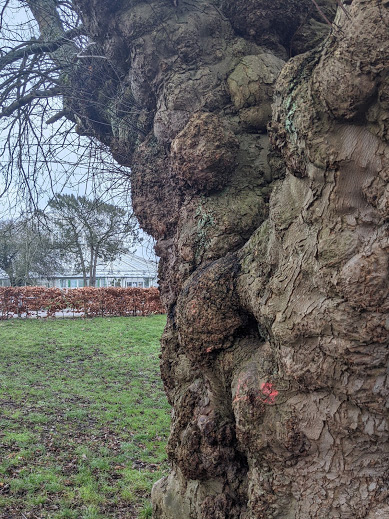
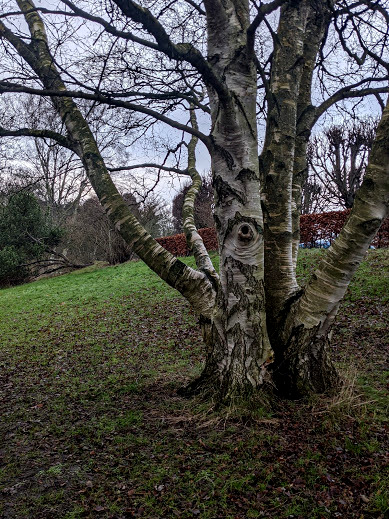
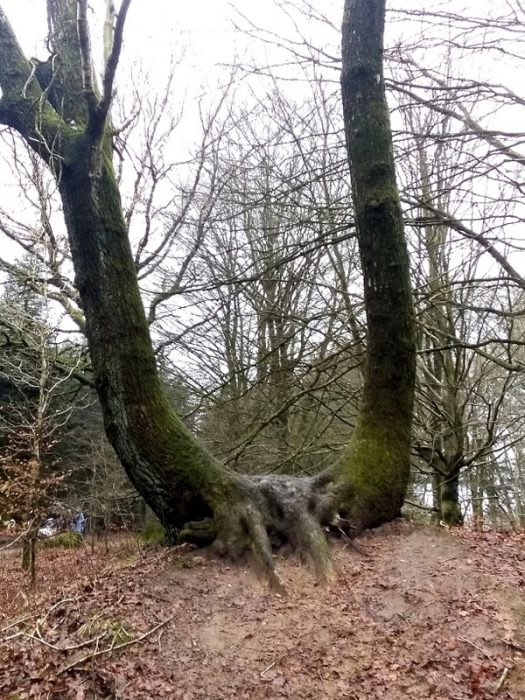
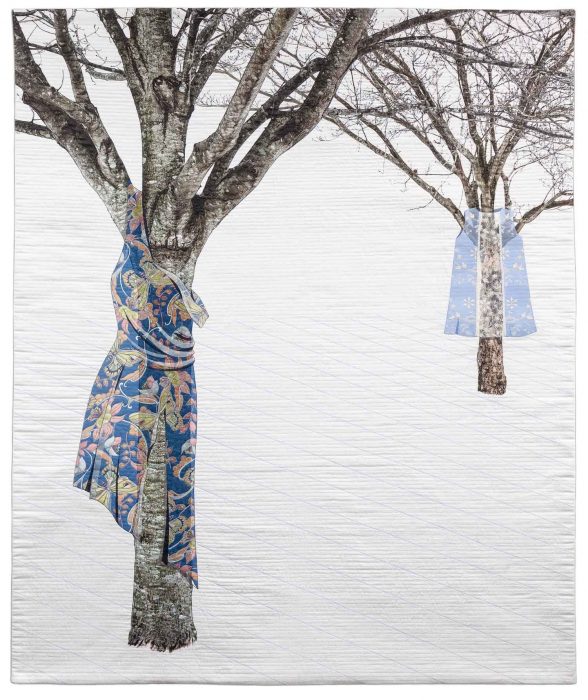
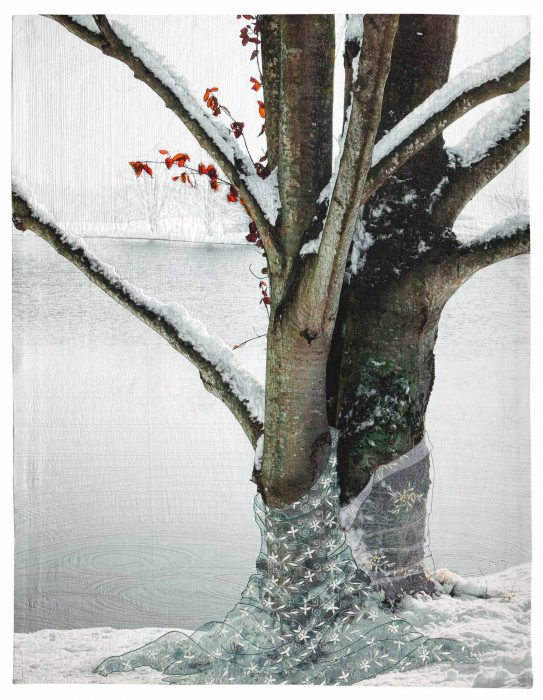
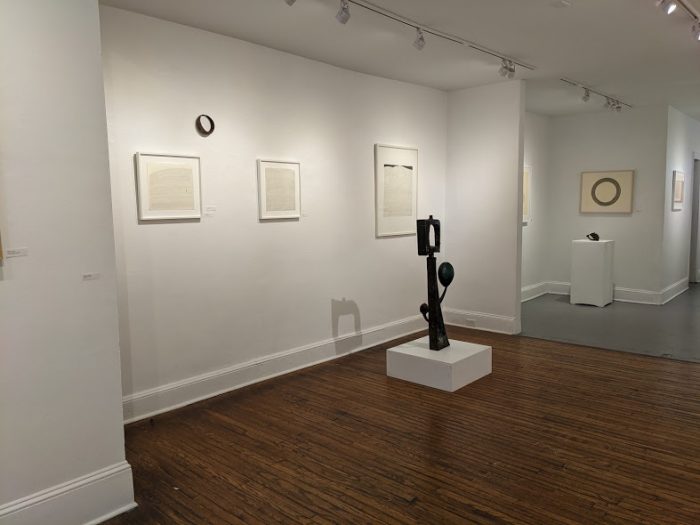
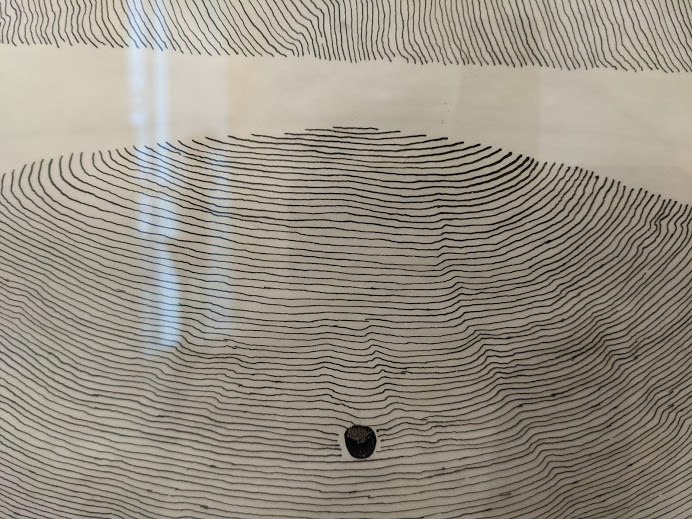
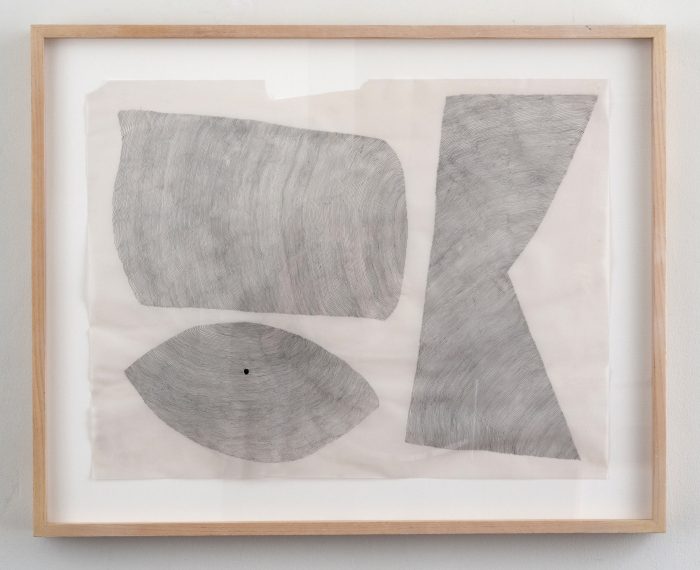
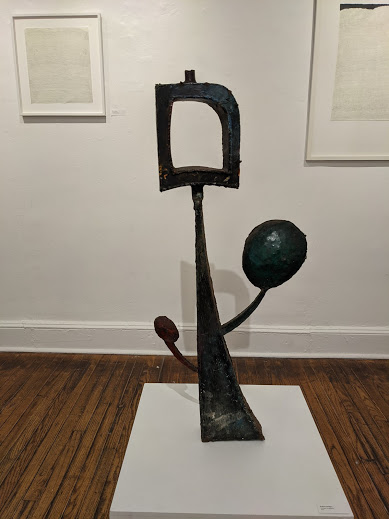
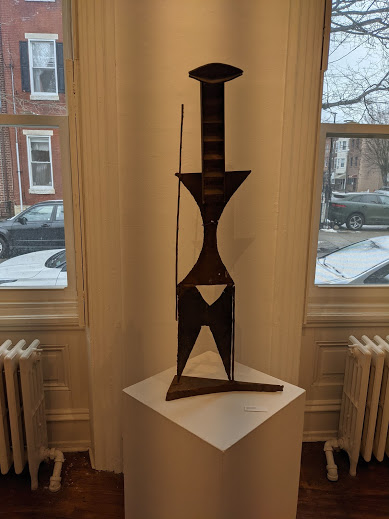
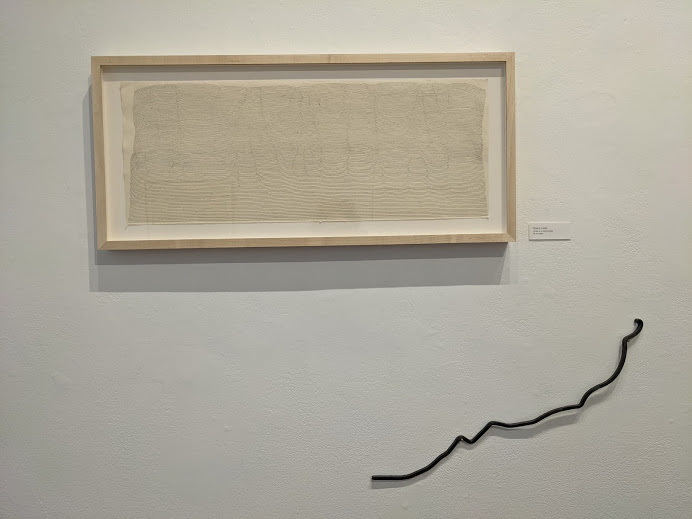
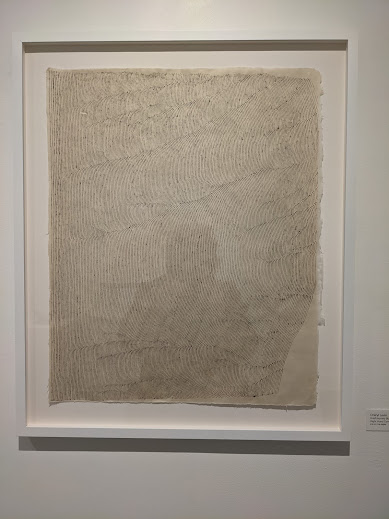
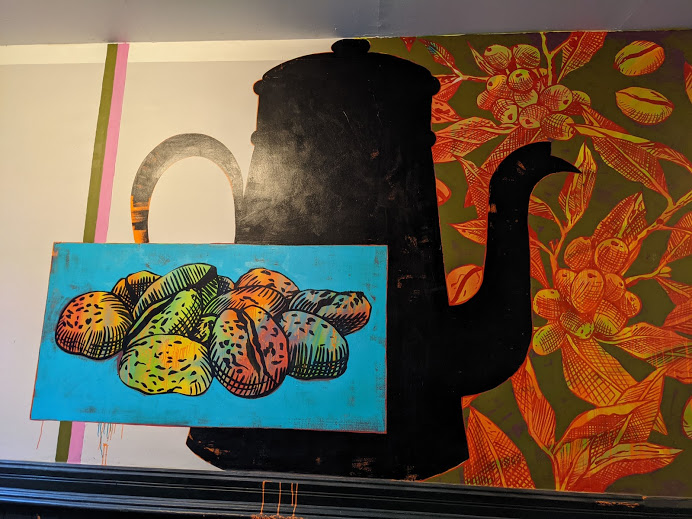
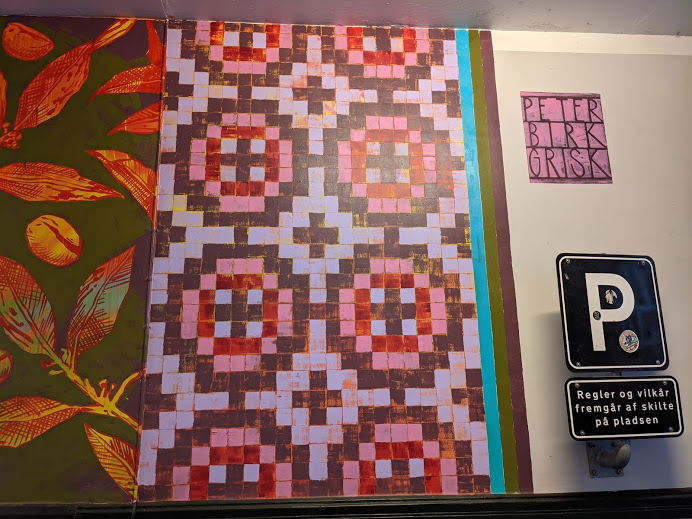
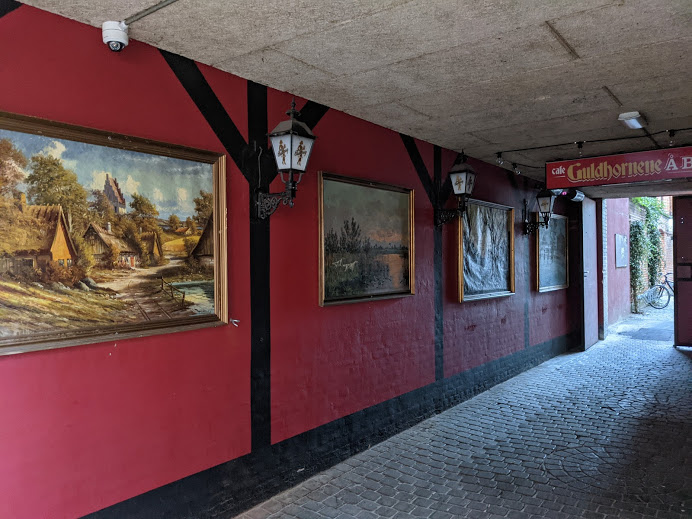
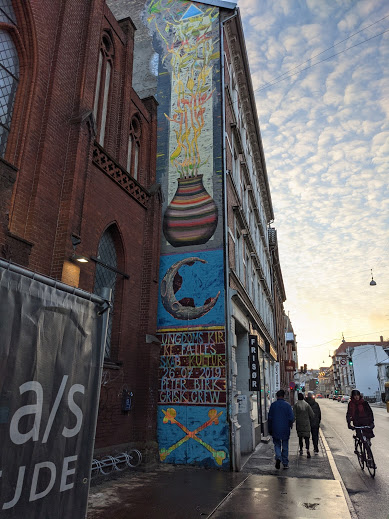
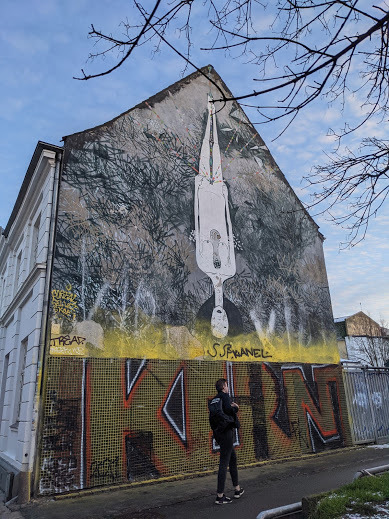
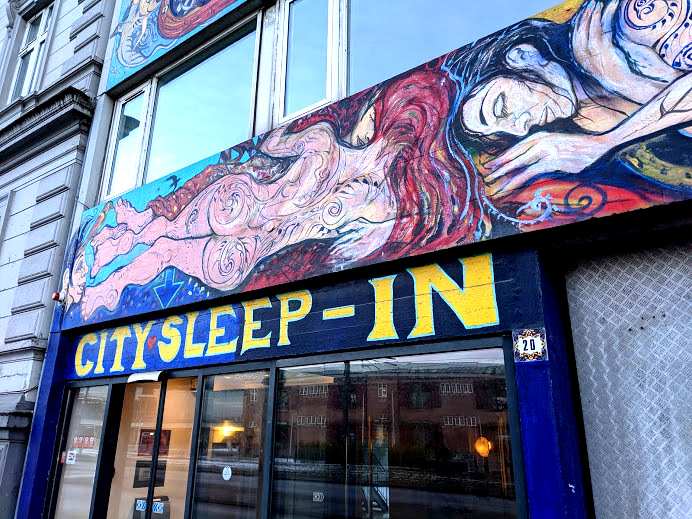
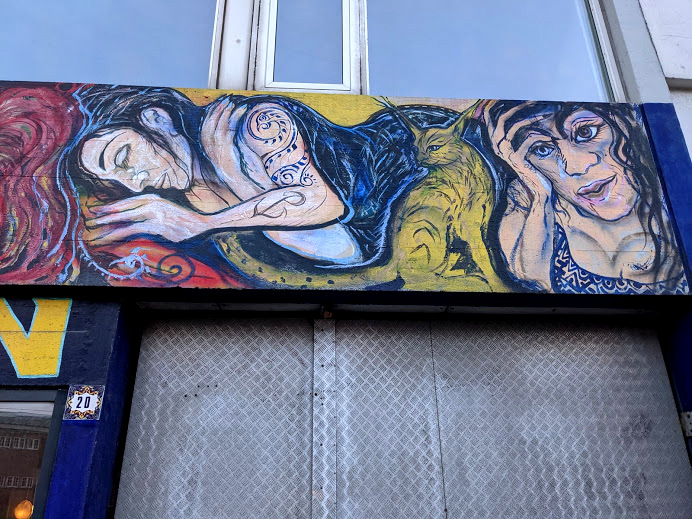
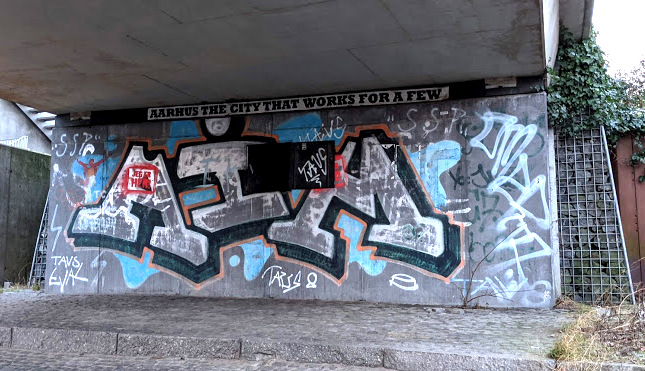
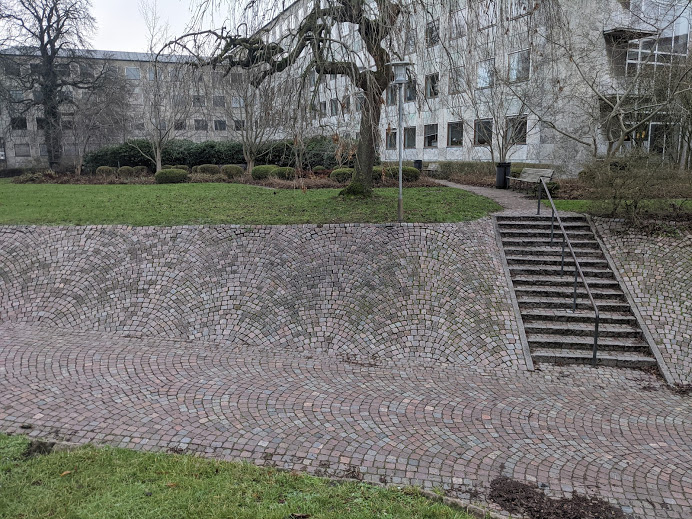
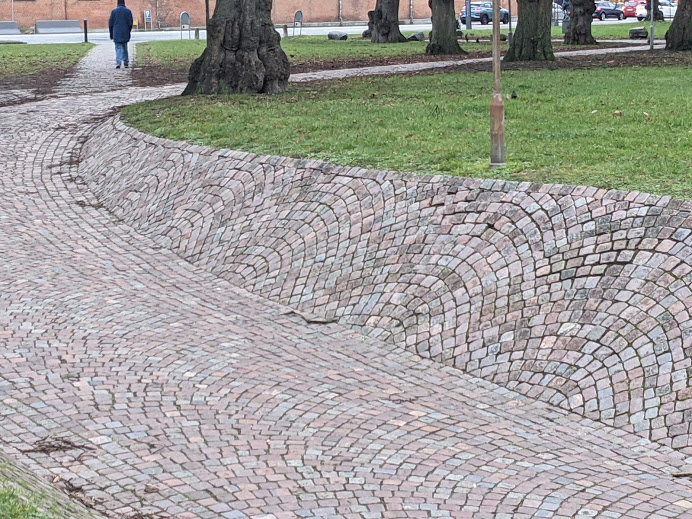
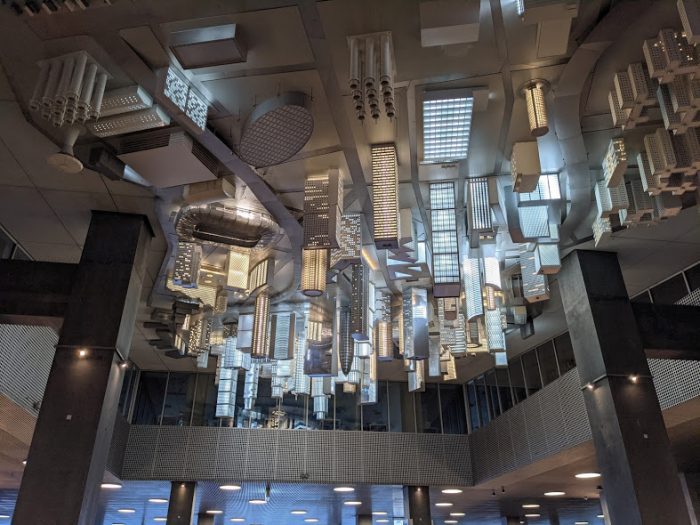
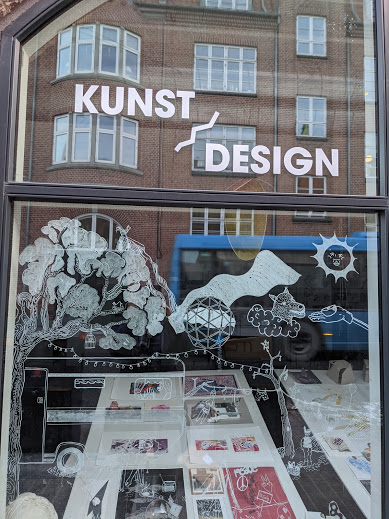
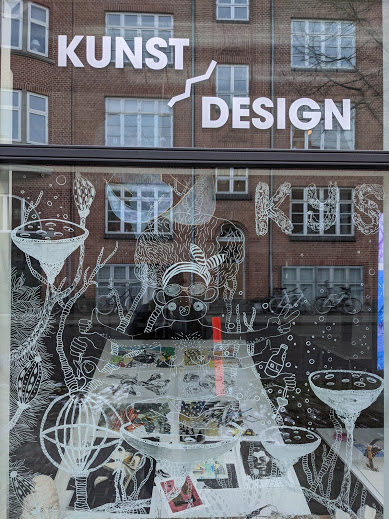
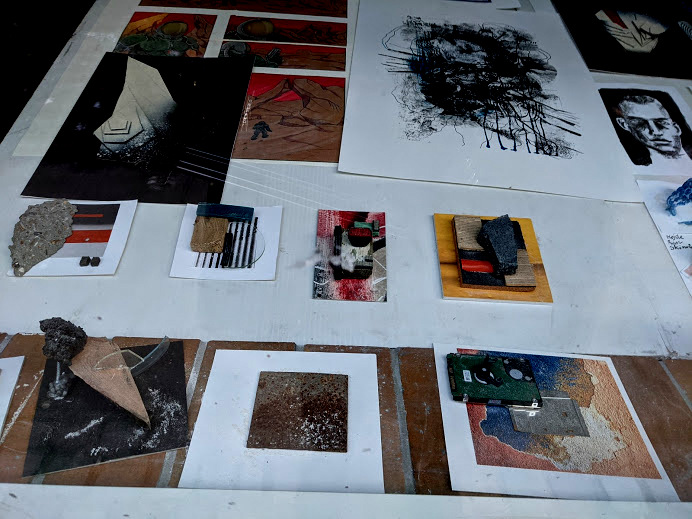
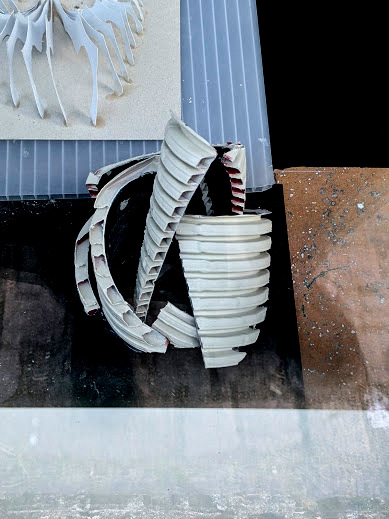
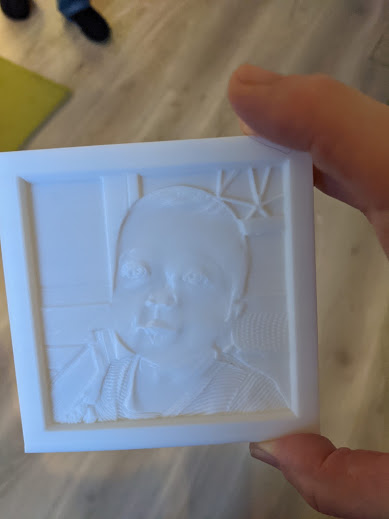
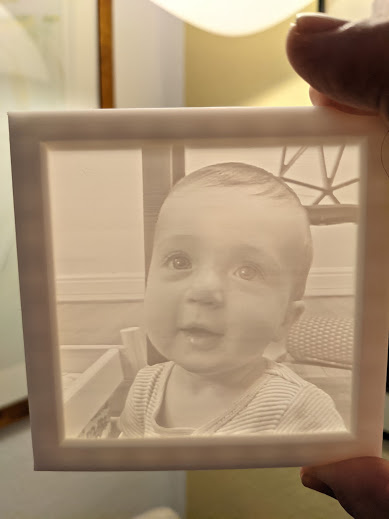
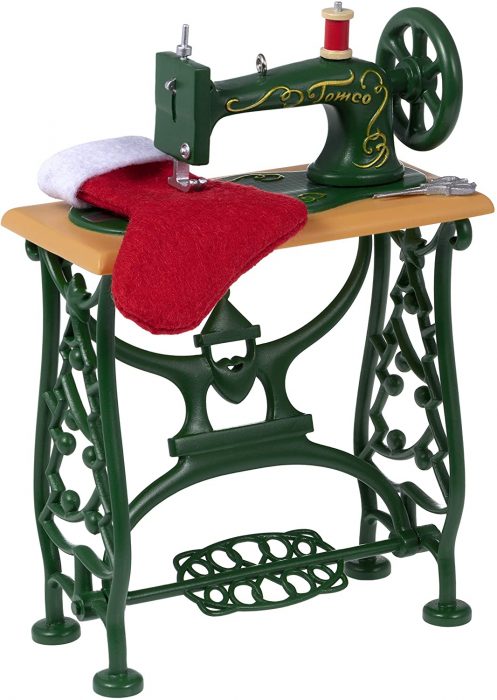
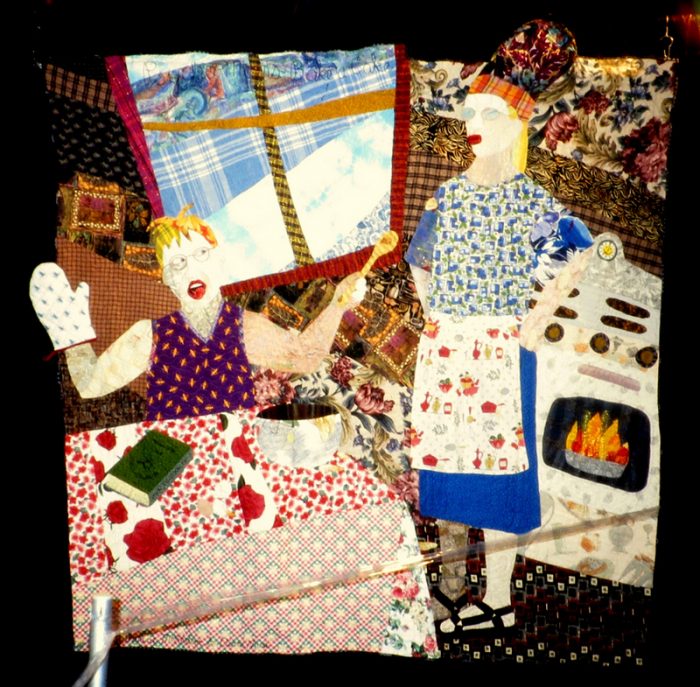
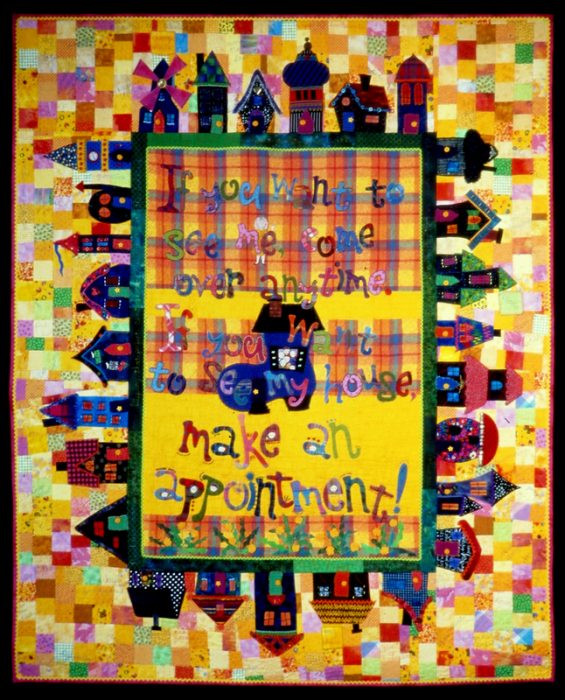
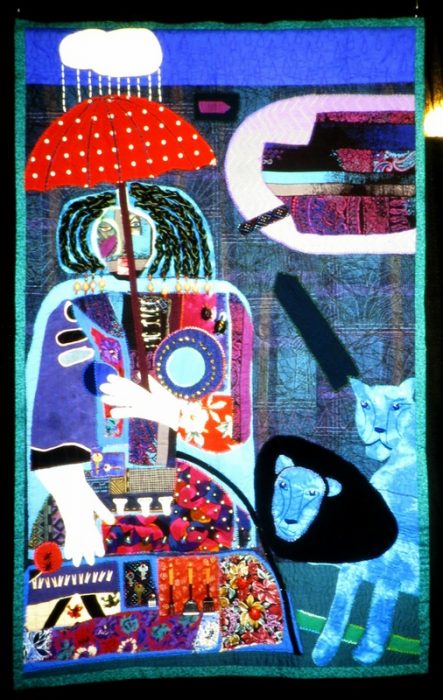
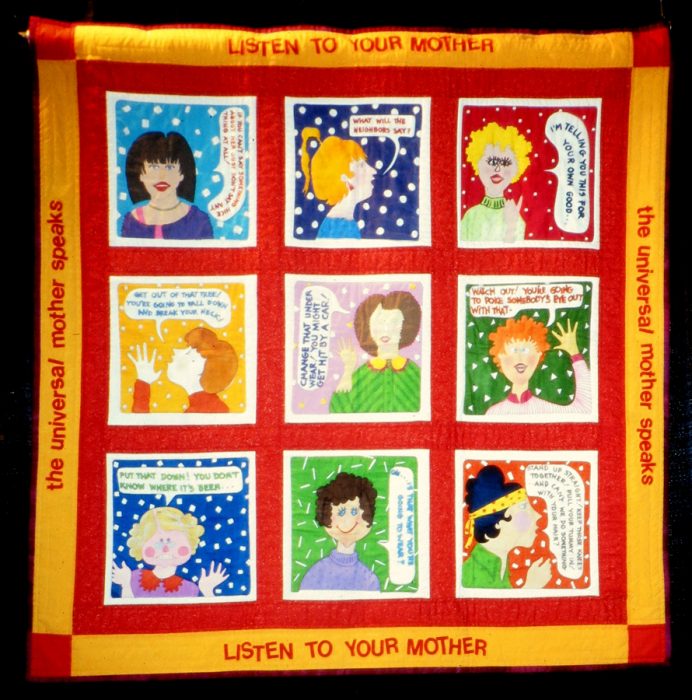
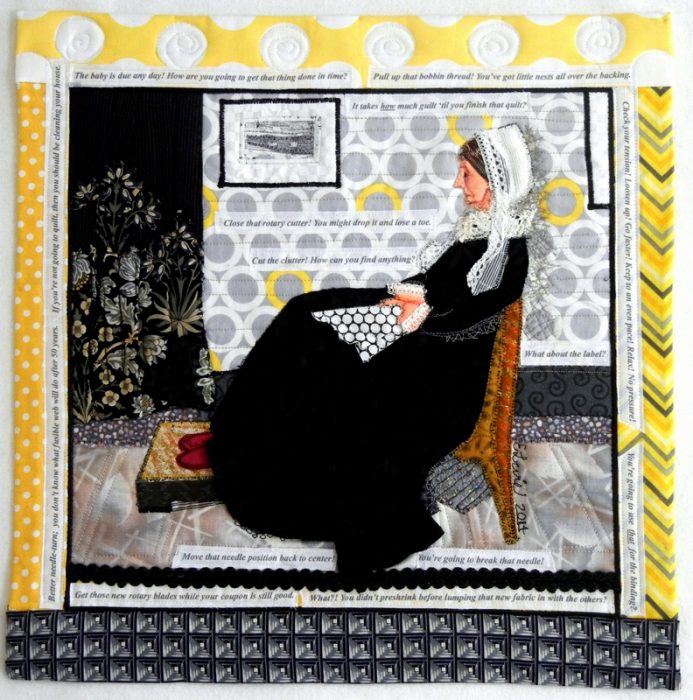
Well deserved. It’s a great quilt. Clearly the best one in the room it’s in at the show! And it shows better than it looks in the photo.
What an inspiration! Your work is amazing.